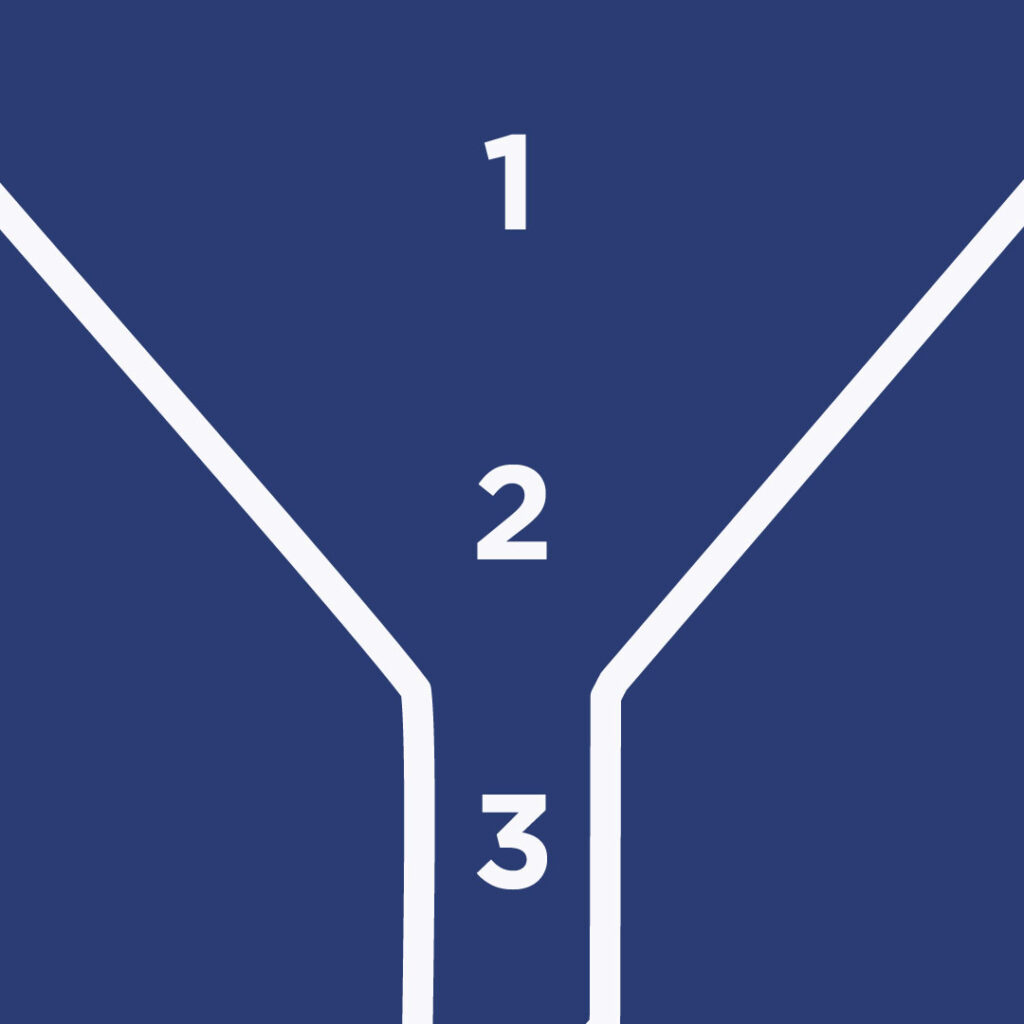When creating an ad – whether it be a Google Ad, billboard, radio slot, or magazine advertorial – you’ve got to make a choice.
Who is this ad for?
Broadly speaking, there are three types of eyeballs your ad is going to get in front of:
1
Random people going about their day.
2
People broadly interested in what you’re selling.
3
People ready to buy what you’re selling right now.
So which of these do we want to target. #3, right? Easy. Hit them with a compelling sales ad followed up by great closing, and job done.
Sure, but here’s the problem: group #3 is miniscule.
Let’s imagine
Let’s imagine you’re selling electric cars.
Who are the people who are ready to open their wallets and buy your cars right this moment?
They need to tick all of these boxes:
- Needs a new car right now
- Eco or budget conscious
- Interested in electric options
- Interested in small vehicles
- Has $30,000 to $100,000 to spend right now
That’s a pretty small pool!
Now let’s think about the pool for group #2, those who are broadly interested in what you’re selling, but not necessarily buying today.
- May need a new car in the future
- Eco or budget conscious
- Interested in electric options
- Interested in small vehicles
- Has time to save for a new car
Now that’s a chunk of the population you can target!
When you expand that out to group #1, people who might one day be interested in electric cars (perhaps with a bit of persuasion from clever advertising), that’s a seriously large group.
The case for targeting group #2
For most businesses, group #3 is too small to meaningfully target on its own.
That’s also where all the advertising competition is – every car salesperson with a Leaf sitting on the yard is running search ads for people who Google “buy electric car in my area”. How can you stand out from that noise?
Plus, while you’re chasing those short-term gains (and probably not getting many), you’re neglecting your medium-term and long-term sales.
If you’re only going to run one type of ad, make it a type 2 ad.
Hit those people who have a general interest in what you’re selling. Introduce them to your brand. Build recognition. Establish trust.
Then, when they’re ready to buy, they already know who you are and where to find you.
The case for the ol’ 2-3-hit
Where we really start getting into clever advertising, is combining type 2 ads with type 3 ads.
Show off your stuff to those who are interested with display ads that generate traffic to your site..
Then, have a direct sales ad ready for when those people start sniffing around for their next purchase.
They already know who you are and have some trust built up. All you’ve got to do is nudge them over the line!
What about the 1-2-3-hit?
Bingo. If you’re really interested in long-term results, you should be thinking about a “sales funnel”.
You’ve probably heard this term before.
At the top of your funnel, you’ve got group #1: every single person in your target market.
You can operate in the background. Gently introduce your brand, your products or services. Become known. Generate interest and shape the conversation around your industry.
As people move into group #2 and become genuinely interested, you’re ready with more information, and targeted advertising.
Then when they’re in that golden group #3 getting out the cash, you’ve been with them for the whole journey.

Types of sales funnels
We’ve mentioned digital advertising in this article, but this theory applies to all kinds of advertising.
You can run all three types of ad campaigns in pretty much any medium: signage, TV, radio, letterbox drops, digital newsletters.
And that’s just the tip of the funnel. A truly integrated sales funnel should consider how people move through different media and interact with your business.
Your business card is part of the funnel. So are your social media posts, your website, and the conversations you have on the shop floor.
The moral of the story is:
If you only chase instant sales, you’ll miss out. When you focus on a broader strategy, the sales will come.

